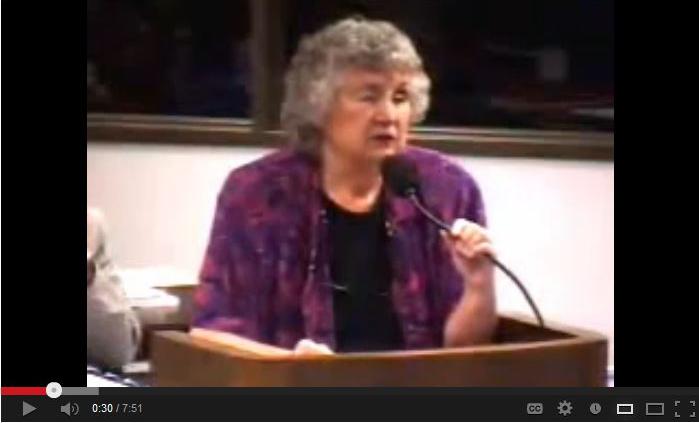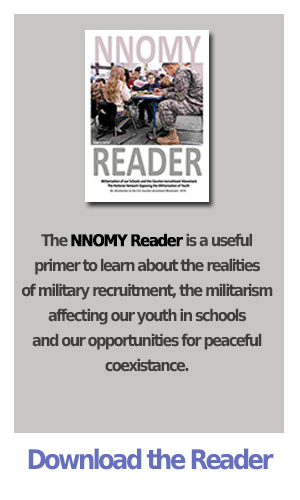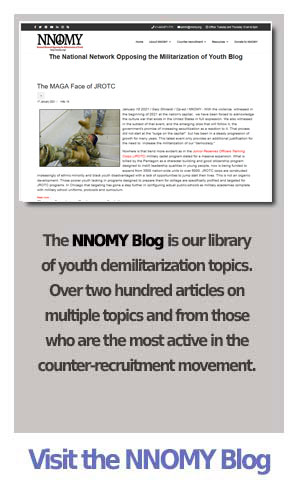Eugene V Beresin, M.D. -
 While violence is not new to the human race, it is an increasing problem in modern society. With greater access to firearms and explosives, the scope and efficiency of violent behavior has had serious consequences. We need only look at the recent school shootings and the escalating rate of youth homicides among urban adolescents to appreciate the extent of this ominous trend. While the causes of youth violence are multifactorial and include such variables as poverty, family psychopathology, child abuse, exposure to domestic and community violence, substance abuse and other psychiatric disorders, the research literature is quite compelling that children's exposure to media violence plays an important role in the etiology of violent behavior. While it is difficult to determine which children who have experienced televised violence are at greatest risk, there appears to be a strong correlation between media violence and aggressive behavior within vulnerable "at risk" segments of youth. In this article, I will briefly review the impact of media violence on children and adolescents, and indicate the vital role physicians can play in helping to diminish this powerful cause of violent behavior.
While violence is not new to the human race, it is an increasing problem in modern society. With greater access to firearms and explosives, the scope and efficiency of violent behavior has had serious consequences. We need only look at the recent school shootings and the escalating rate of youth homicides among urban adolescents to appreciate the extent of this ominous trend. While the causes of youth violence are multifactorial and include such variables as poverty, family psychopathology, child abuse, exposure to domestic and community violence, substance abuse and other psychiatric disorders, the research literature is quite compelling that children's exposure to media violence plays an important role in the etiology of violent behavior. While it is difficult to determine which children who have experienced televised violence are at greatest risk, there appears to be a strong correlation between media violence and aggressive behavior within vulnerable "at risk" segments of youth. In this article, I will briefly review the impact of media violence on children and adolescents, and indicate the vital role physicians can play in helping to diminish this powerful cause of violent behavior.


 My town borders a military base. Almost all my students have a father or brother or sister serving. In meeting these soldiers, I find they have the dignity of redwoods. To question the premise of our foreign engagements would be like shredding their bark. Yet, teaching war must go beyond the "good-evil" rhetoric of politicians and spin doctors and focus instead on the nuances: How and why do we get into wars? Is war working as a means to resolve our conflicts?
My town borders a military base. Almost all my students have a father or brother or sister serving. In meeting these soldiers, I find they have the dignity of redwoods. To question the premise of our foreign engagements would be like shredding their bark. Yet, teaching war must go beyond the "good-evil" rhetoric of politicians and spin doctors and focus instead on the nuances: How and why do we get into wars? Is war working as a means to resolve our conflicts?






